What is the Annual PCORI Fee?
The IRS recently announced updates to PCORI fees on October 29, 2025. See the PCORI Funding and Research section for more details. Two key factors driving up healthcare costs are patients’ limited understanding of medical procedure costs and their minimal participation in healthcare decisions. However, the landscape is changing due to the rise of healthcare consumerism. This movement aims to improve the quality of healthcare services while enhancing efficiency and cost-effectiveness. By empowering patients with










